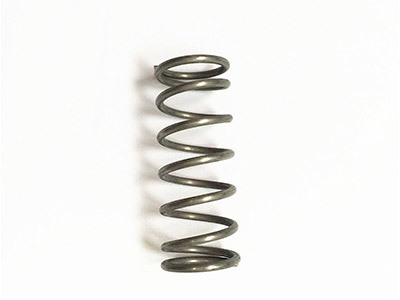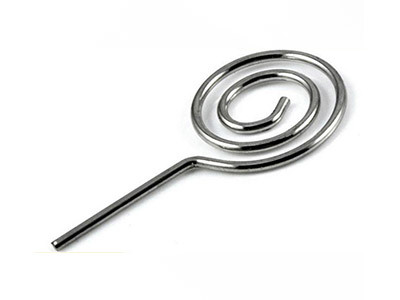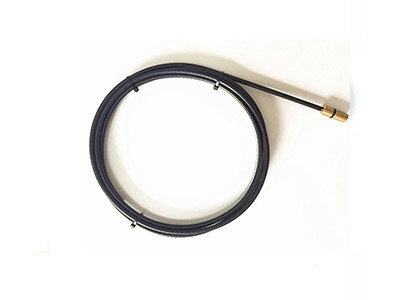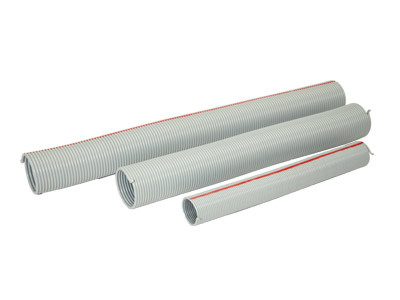compression of the spring
Key words:
Compression spring is an important elastic element, mainly used to resist external pressure. They are usually made of wire coiled at equal pitch, have a certain wire diameter, and can be cylindrical, conical, or a combination of straight and conical shapes.
When considering the use of compression springs, it is important to choose the right type according to the specific application needs, such as compression springs, tension springs or torsion springs. In some cases, such as in commodity futures markets such as soda ash, non-trading factors may suppress the market, but if this suppression is not sustained, it may be like a compressed spring, which shows a strong rebound after the pressure is relieved.
Understanding compression of the spring: Key Insights for Professionals in Manufacturing
When discussing "compression of the spring," it's essential to understand that springs are mechanical devices designed to store energy and release it when needed. Compression springs, in particular, are widely utilized in various applications, from automotive to industrial machinery. The act of compressing a spring involves applying force to reduce its length, which ultimately stores potential ene
The Intricacies of compression of the spring: Understanding the Mechanics Behind It
Compression springs are a vital component in many mechanical systems, providing essential support and functionality. They are designed to absorb and store energy when compressed, allowing them to return to their original shape when the force is released. Understanding the mechanics of spring compression is crucial for engineers and manufacturers alike, as it influences the performance and reliabil
Understanding the Importance of compression of the spring in Mechanical Engineering
In the realm of mechanical engineering, compression of the spring plays a pivotal role in numerous applications. Springs are not only fundamental components but also integral to the functionality of many mechanical systems. They provide the necessary force, flexibility, and resilience that support various mechanical functions, from absorbing shock to allowing precise movements.
Latest Products
Latest News







